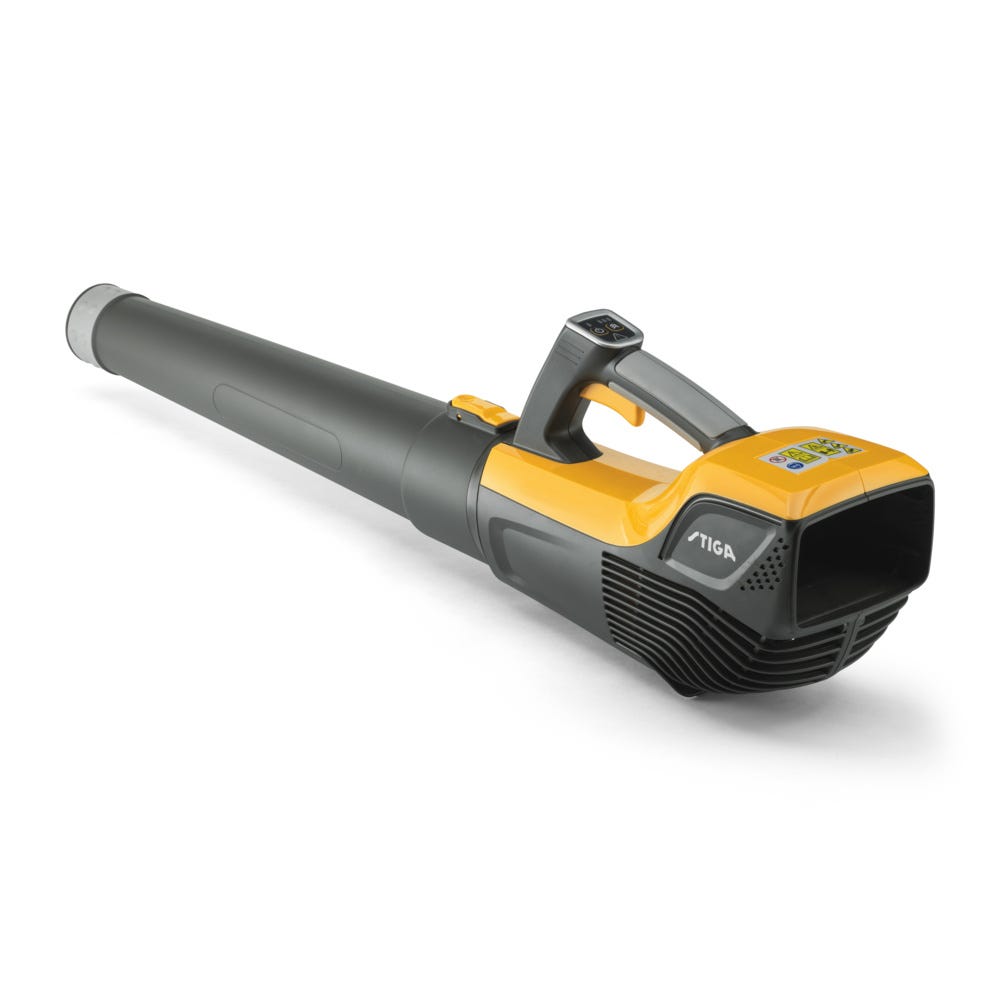
Before the chill sets in, the grass prepares for the colder months ahead by gradually going dormant – a kind of long sleep. All the precious energy it generated during the sunny summer months is stored inside the leaves, which now shut down and turn brown in order to conserve water and nutrients.
Get the rake out
Before the snow settles, rake fallen leaves and other debris from your lawn. This helps to ensure there is enough airflow between the soil and the atmosphere, which is essential for the health of your lawn. Fallen leaves will also go mouldy under a layer of snow and ice.
Frozen? Let it go to sleep
Avoid walking or driving over your lawn when it’s covered with snow and ice. Putting weight on the grass when it’s frozen can cause damage that the blades are less able to repair in their dormant state.
What to do when things get icy
When snow turns to ice, it can become very slippery. A common solution is to utilise the wonders of de-icing salt on driveways and footpaths. This may make things safer for walking and driving but can be hazardous to lawns. Make sure you take extra care to avoid spreading de-icing salt near grass and plants as it can kill vegetation and remain in the soil for years.
Make sure it’s dry before you cut
Never mow your lawn when it’s frosty as the shock can damage the grass – wait for a dry, sunny day instead.
Before the chill sets in, the grass prepares for the colder months ahead by gradually going dormant – a kind of long sleep. All the precious energy it generated during the sunny summer months is stored inside the leaves, which now shut down and turn brown in order to conserve water and nutrients.


